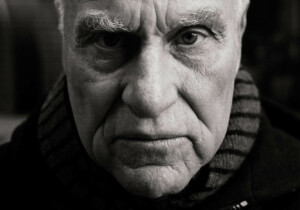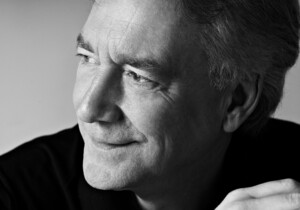Robert Maxwell, former Princeton dean of architecture, passed away on January 2 of this year. Below, Peter Cook offers his remembrances of his late friend and colleague.
Robert “Bob” Maxwell was one of the people you listened to. He was a survivor of the mythical “Liverpool syndrome” who came down to revitalize the self-satisfied London scene in the late 1950s (along with James Stirling, Colin Rowe, and Thomas “Sam” Stevens), working first for the London County Council (LCC) and then in both practice and academe. While at the LCC, Bob was the design architect for the revision of the north and south sides of the Royal Festival Hall—those most visible to the public. He joined the office of Douglas Stephen, which also included Kenneth Frampton, Elia Zenghelis, Panos Koulermos, Stephen Gage, and others. This became a pivotal spot in the territory between building and academe. Bob taught brilliantly at the Architectural Association (AA) and then at the Bartlett, becoming a beacon of discussion about design.
We at the AA would regularly bring him over from the Bartlett to take part in reviews, with Cedric Price as his sparring partner. Bob always brought a rounded perspective to the discussion without being too soft.
He was equally a friend and supporter of both Colin Rowe and Reyner Banham, which sometimes put him in a curious position of having to defend the reputation of the one against the other (for they could not stand each other).
I was able to witness his obvious lightness of being when he married his second wife, Celia Scott, who had studied under him at the Bartlett—a wise and creative woman who has become a significant portrait sculptor.
After being exposed to Princeton, his tastes in architecture did seem to shift in favor of postmodernism for a while, which threw us somewhat, since the AA had successfully resisted it in the 1980s.
His return to the AA after Princeton as a guru and link to real architecture was appreciated by all. When I went to sort out the Bartlett, it was, in a sense, to reopen the breadth of conversation about design that had been forgotten there.
He was a loveable man.











